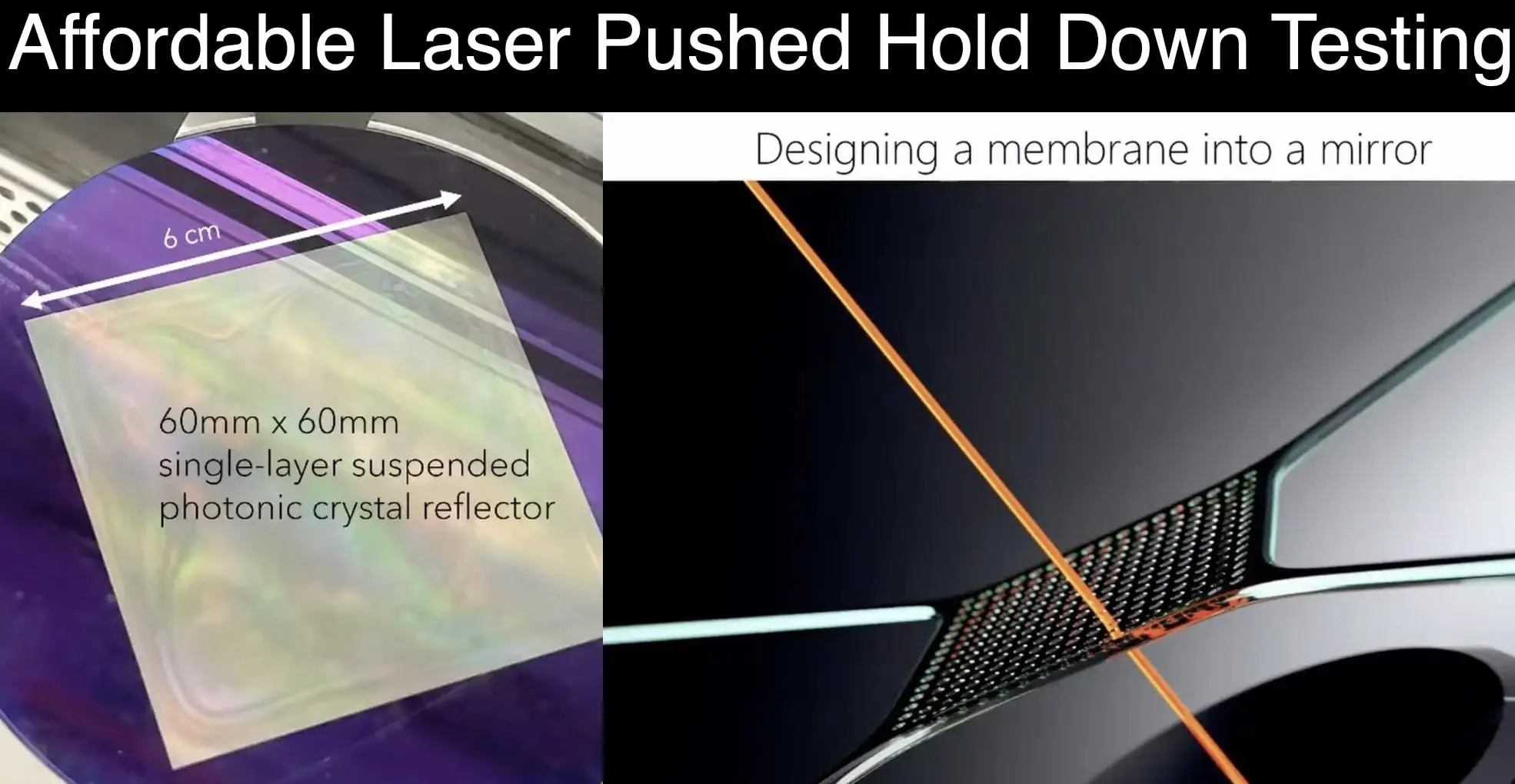
Significant advancements in laser pushed sails are paving the way for interstellar exploration. These sails could enable probes to travel at speeds up to 20% of light speed, with designs currently being tested for missions within our solar system. Researchers are focusing on optimizing the sail area and stability to facilitate rapid travel to destinations like Mars and Saturn.
AI machine learning is playing a crucial role in reducing mission costs, achieving savings of $1 million per planned mission. The development of superthin sail materials has progressed dramatically, allowing for larger and more effective designs. This innovation is essential for creating sails that can function as mirrors across various wavelengths, accommodating the Doppler effect as speeds increase.
• AI optimization reduces costs by $1 million per planned mission.
• Probes could reach Mars in about 32 hours using laser pushed sails.
AI machine learning is utilized to optimize the design and cost of laser pushed sails.
The Doppler effect is considered in sail design to ensure functionality at high speeds.
Optimization techniques are applied to enhance the efficiency and cost-effectiveness of space missions.
The Business Journals 7month
Interesting Engineering 7month
Isomorphic Labs, the AI drug discovery platform that was spun out of Google's DeepMind in 2021, has raised external capital for the first time. The $600
How to level up your teaching with AI. Discover how to use clones and GPTs in your classroom—personalized AI teaching is the future.
Trump's Third Term? AI already knows how this can be done. A study shows how OpenAI, Grok, DeepSeek & Google outline ways to dismantle U.S. democracy.
Sam Altman today revealed that OpenAI will release an open weight artificial intelligence model in the coming months. "We are excited to release a powerful new open-weight language model with reasoning in the coming months," Altman wrote on X.
